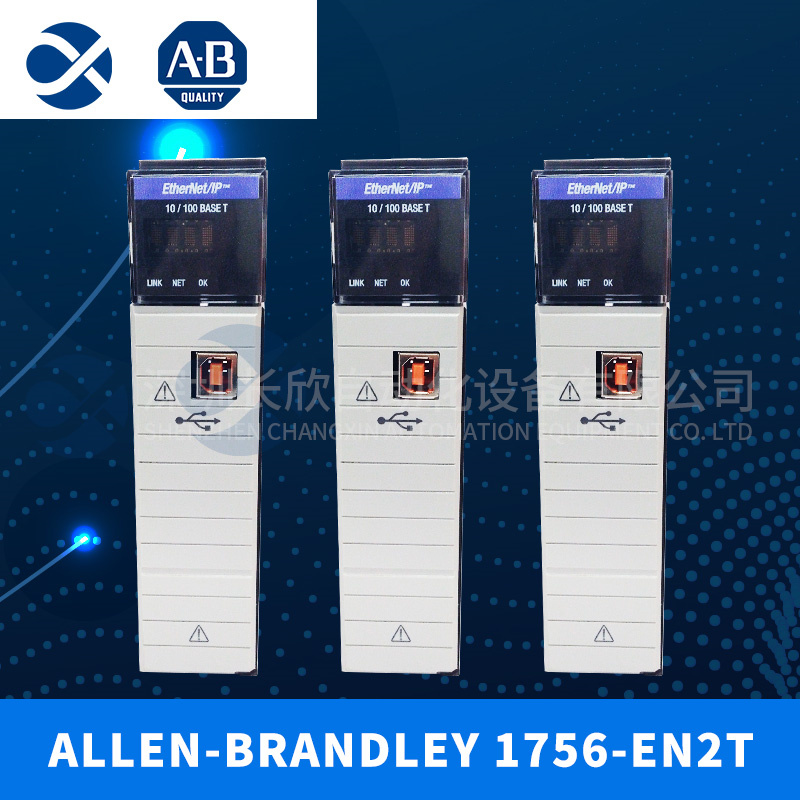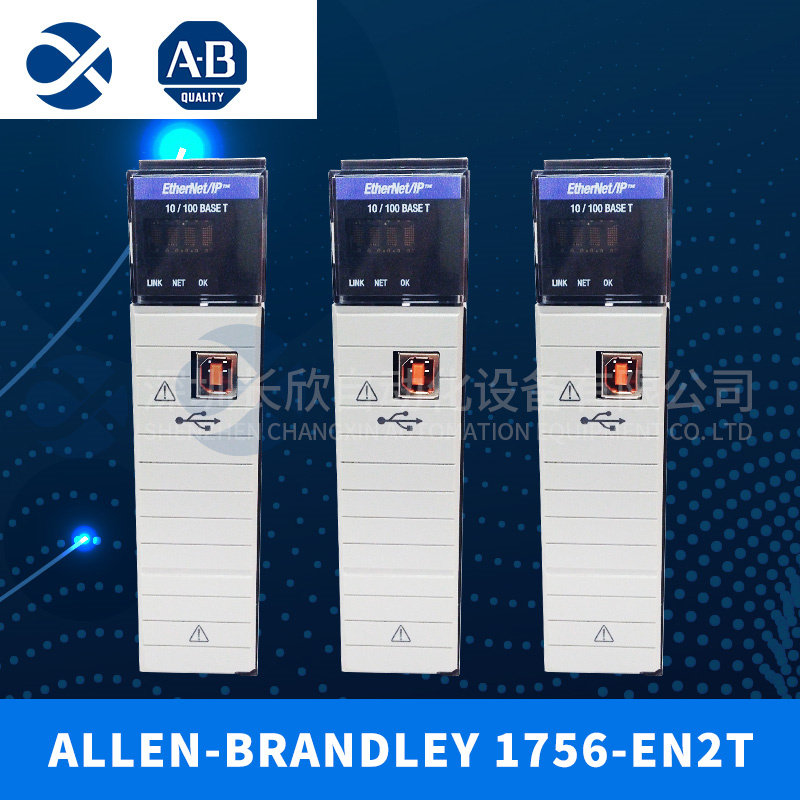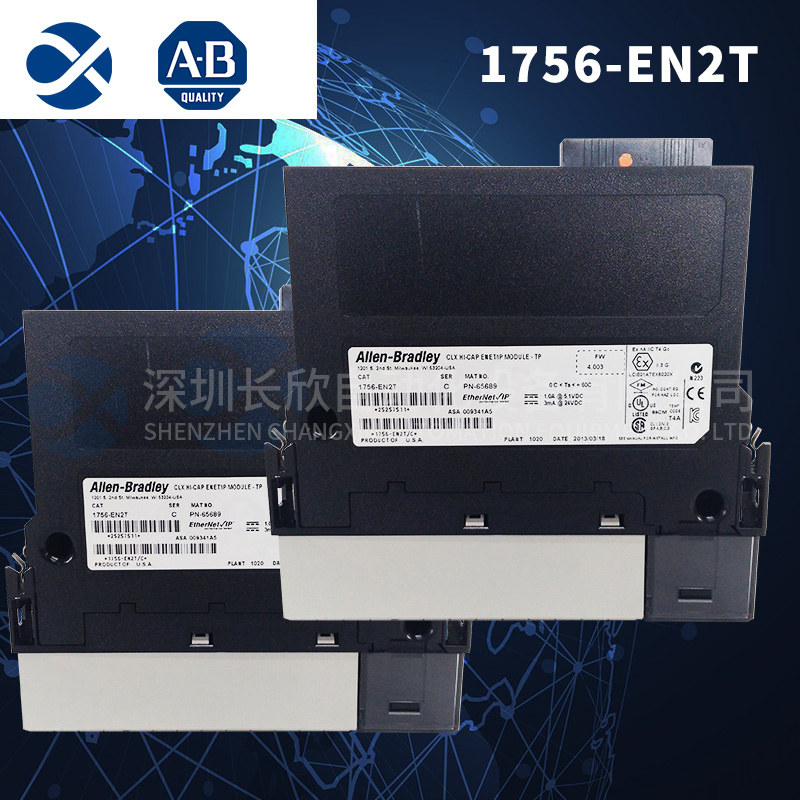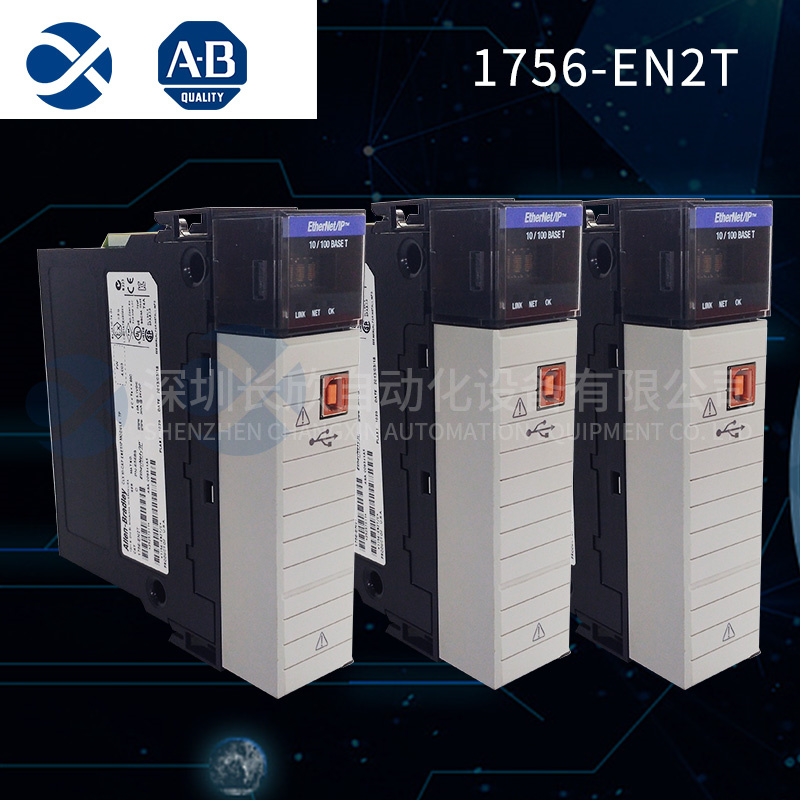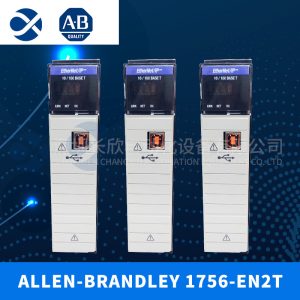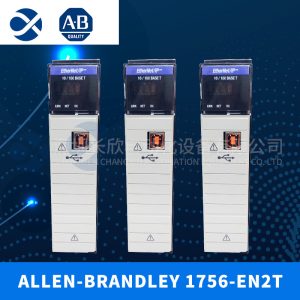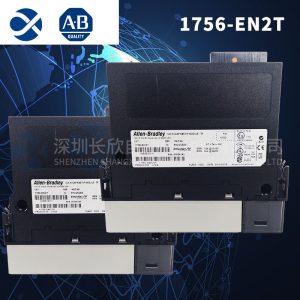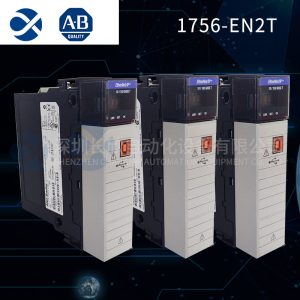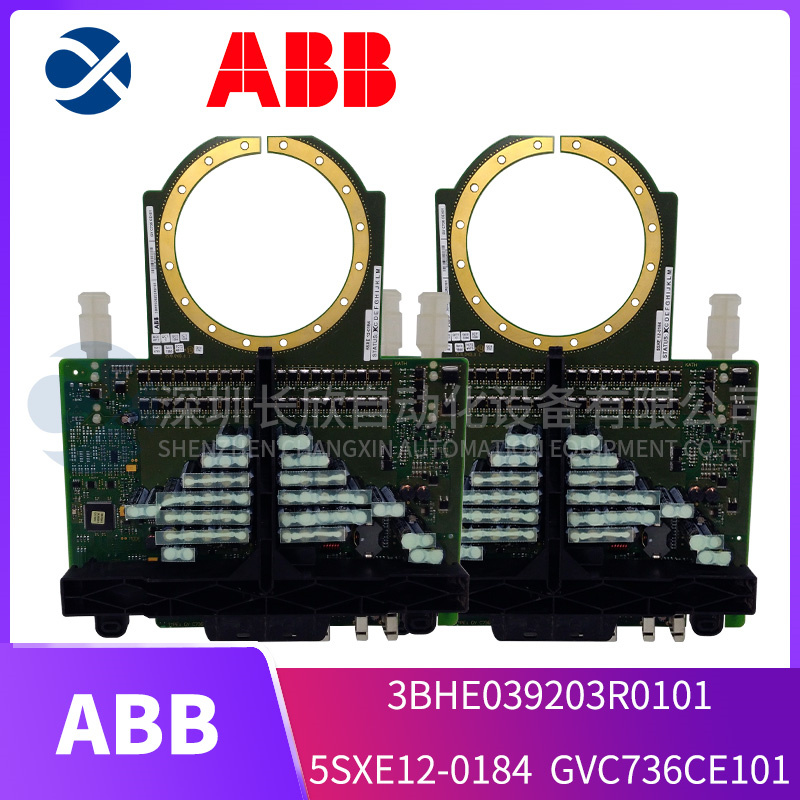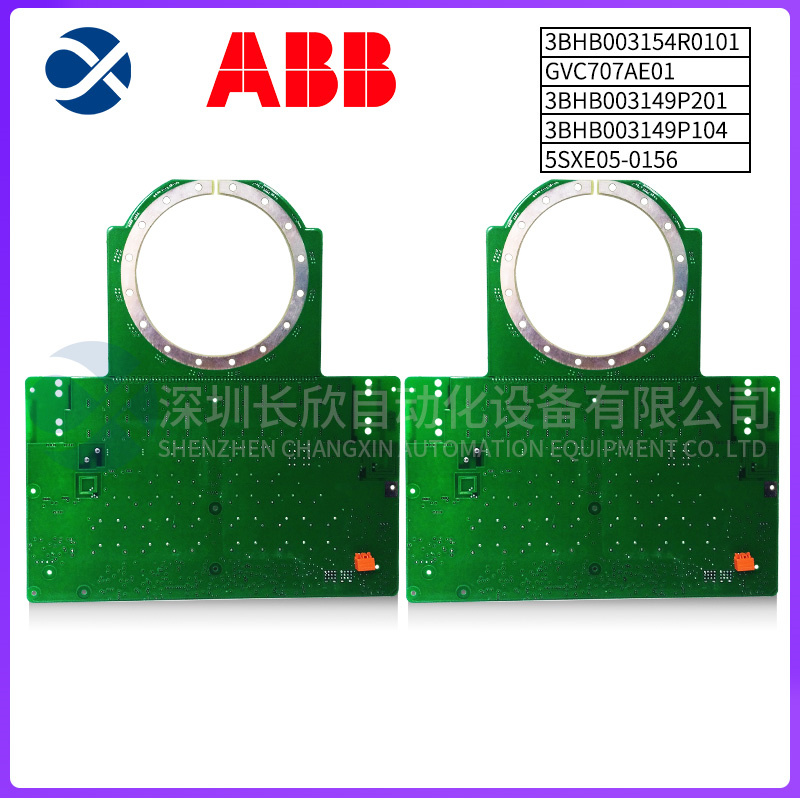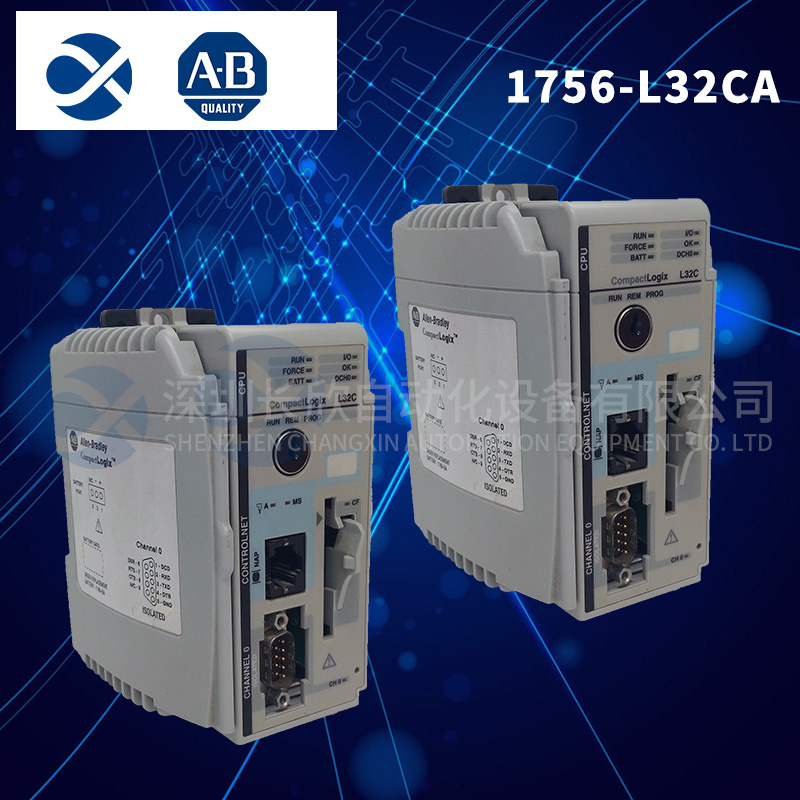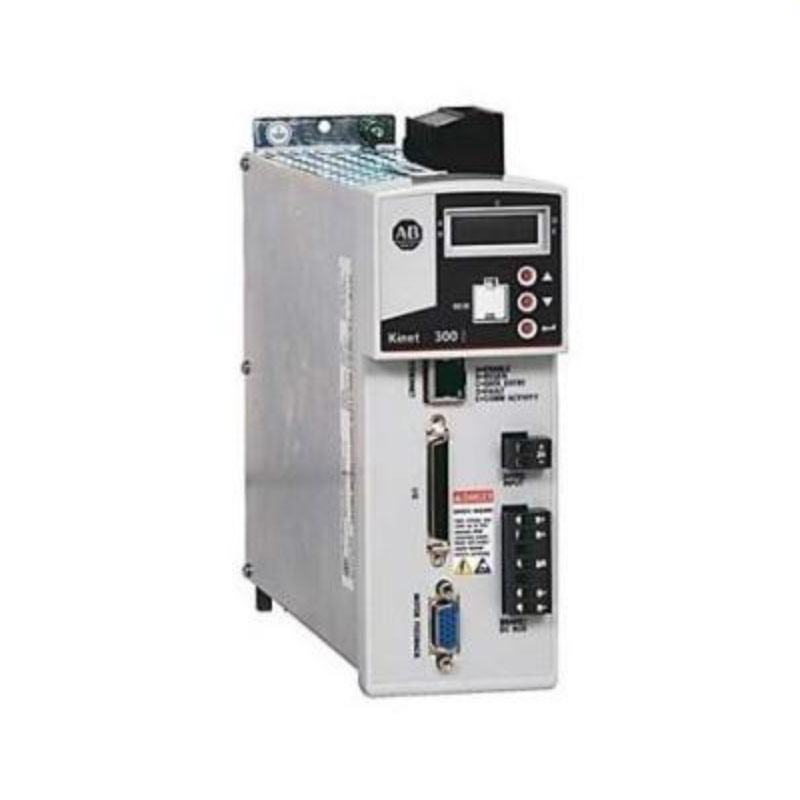Description
AB1756-EN2T.2020.08 Servo motor
According to the structure and working principle can be divided into: can be divided into DC motor, asynchronous motor, synchronous motor.
1) Synchronous motor can be divided into: permanent magnet synchronous motor, reluctance synchronous motor and hysteresis synchronous motor.
2) Induction motor can be divided into: induction motor and AC commutator motor.
Induction motors can be divided into: three-phase asynchronous motors, single-phase asynchronous motors and cowl pole asynchronous motors.
Ac commutator motor can be divided into: single-phase series motor, AC-DC motor and repulsion motor.
The excitation mode of DC motor refers to the problem of how to supply power to the excitation winding and generate the excitation flux potential to establish the main magnetic field. According to the different excitation mode, DC motors can be divided into the following types.
The servo motor can control the speed, the position accuracy is very accurate, and the voltage signal can be converted into torque and speed to drive the control object. Compared with single-machine asynchronous motor, servo motor has three remarkable characteristics, such as larger starting torque, wider operating range and no rotation phenomenon.
What is the difference between AC servo motor and brushless DC servo motor in function?
Ac servo is better, because it is sine wave control, torque ripple is small. Dc servo is trapezoidal wave. But DC servo is simpler and cheaper.
The stator structure of AC servo motor is basically similar to that of capacitive split phase single-phase asynchronous motor. The stator is equipped with two windings with a position difference of 90°, one is the excitation winding Rf, which is always connected to the AC voltage Uf; The other is the control winding L, which is connected to the control signal voltage Uc. So AC servo motor is also called two servo motors.

 WhatsApp:+86 18005022363 WeChat: +86 18005022363 /+86 18150887953
WhatsApp:+86 18005022363 WeChat: +86 18005022363 /+86 18150887953  Email:
Email:
